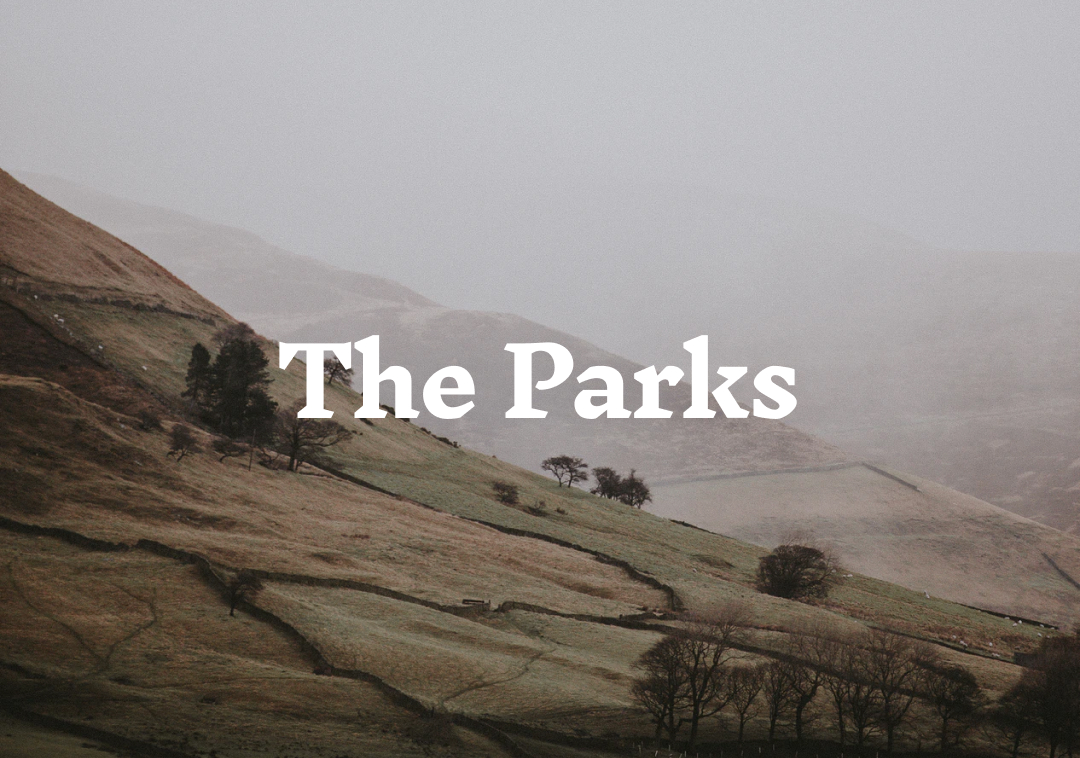We’re going to reflect on some of the beautiful creatures that we’ve lost from Britain’s wilderness. Some were displaced by our changing landscape, as we cut down trees to create farmland, but most were hunted and persecuted by our ancestors, to the point of extinction.
These exiles can return to our land. They all play vital roles in functioning wild ecosystems, providing more diversity of landscape and are also able to play a role in reversing aspects of the climate crisis. Through rewilding efforts, we can restore balance to our natural world and allow these species to thrive once again.

Lynx
A graceful, majestic predator, Lynx used to roam the northernmost parts of England and Scotland. Sadly because of mass deforestation and human activity their habitats are increasingly scarce. We’re currently seeing the Lynx’s resurgence across Europe thanks to local efforts in Switzerland, Slovenia, Croatia, France, Italy, the Czech Republic, Germany and Austria. Lynx are considered a keystone species with a massive impact on the ecosystem, helping to maintain balanced, healthy populations of other animals.

Wolves
The iconic wolf long roamed Britain’s wood and scrublands, traveling in packs across enormous distances, preying on deer and other large mammals. They were hunted to extinction around the 18th Century. Another keystone species who’s reintroduction would set into motion a positive movement of biodiversity by keeping overgrazing down. In mainland Europe they still roam free across Poland, Germany, Italy, the Netherlands and Denmark thanks to a ban on hunting.

Pine Marten
While small pockets of the charming Pine marten do remain in the remote Scottish highlands, they were largely culled to preserve game birds for hunting across the 18th and 19th centuries. They mostly inhabit woodlands, nesting in abandoned squirrel dreys or holes in trees, and feed on a range of small animals as well as nuts, seeds and wild fruit. Their reintroduction will help to control the drastic overpopulation of non-native grey squirrels who damage trees and have displaced the smaller red squirrel in most areas of the UK.

Beaver
Beaver’s are incredible fluffy engineers, transforming landscapes and creating new habitats as well as regulating flooding and preventing soil erosion. Their work creating dams in small rivers and streams can impart a massive impact on the ecosystem around them, creating life for fish, insects, birds and amphibians. They are also devout vegans, feeding almost exclusively on grasses and trees. They are a classic keystone species that have already been reintroduced in very small pilot projects in the UK with massive success, but need more support and help to get them more widespread.

Wild Boar
Wild Boar are hardworking soil ecosystem engineers. They spend their days snuffling through the forest floor looking for grubs and tasty treats, all the while stirring the rich ecosystem below. This activity creates ideal spots for insects to thrive, encourages regrowth through exposing seedlings and shoots as well as helping birds find feed in the winter. In the summer months they regulate their temperature by wallowing in mud and water, creating small seasonal wetlands that allow more insects and plants to thrive. Despite this heroic effort, wild boar are not officially considered a native species so their reintroduction has been limited to a small number of farm escapees.

White-tailed eagle
White-tailed eagles, also known as sea eagles are Britain’s largest birds of prey. Hunted to extinction in England they still remain in Scotland and have been successfully reintroduced on the Isle of Wight. With a wingspan of up to 2.5m they soar above sea and land, feeding on fish and smaller birds and are known to travel hundreds of miles at a time.

Elk
The Elk, referred to as a Moose in America was a common sight across Britain before disappearing some 8,000 years ago. Another victim of human intervention, they were hunted for meat and skins; their huge antlers were used as tools such as pick axes. This combined with changes in the climate, vegetation, and fragmentation of their environment led to their disappearance. Like the red deer they are vital ecosystem engineers, helping with seed dispersion and landscape diversity. They live in woodland and wetlands and would need a large area to roam in order to establish themselves back into our wilderness.



